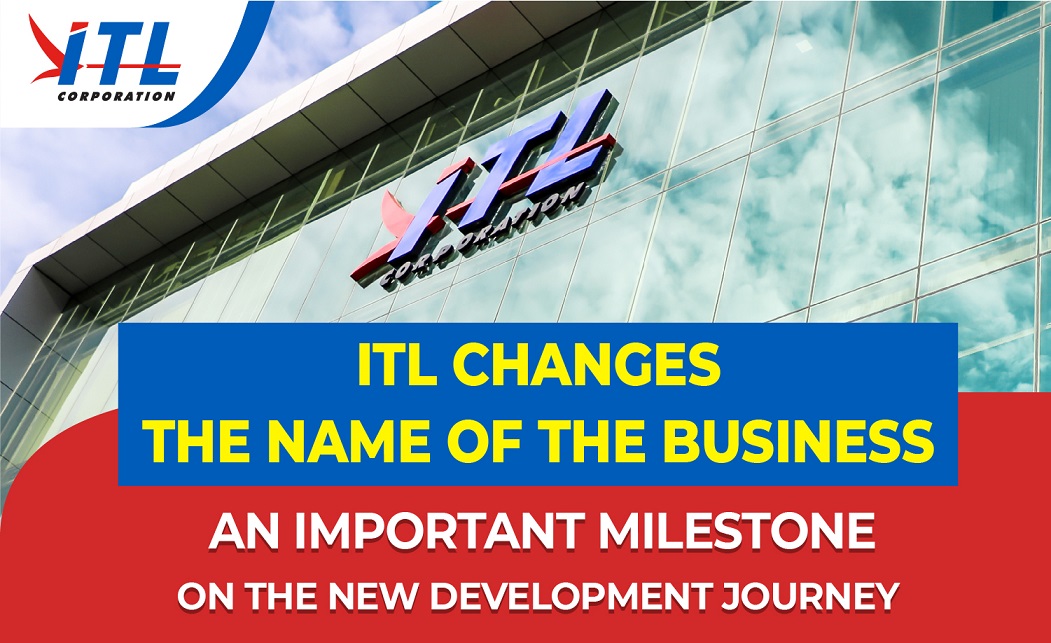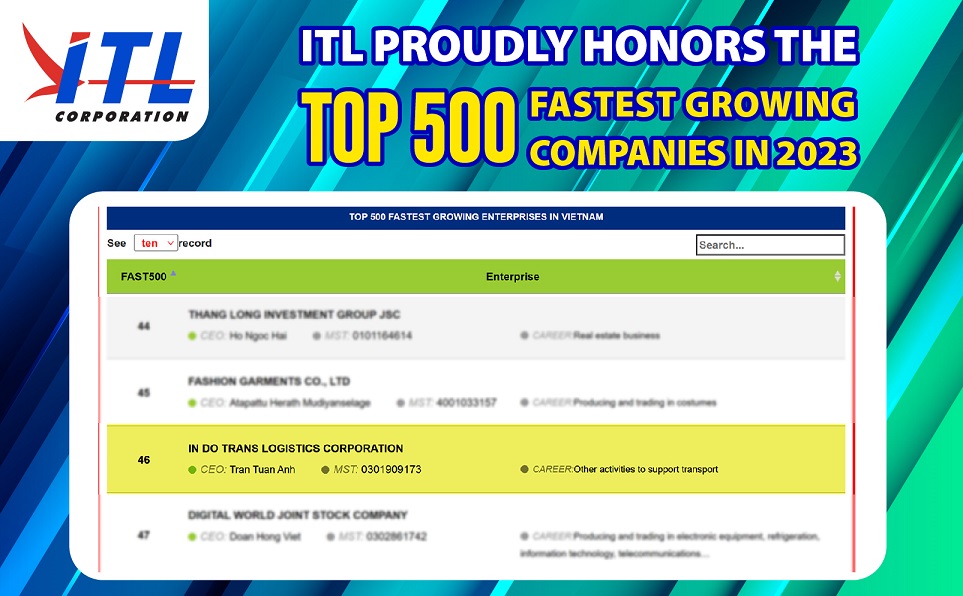30
11/17
Meet the winners and losers of Black Friday 2017
The shopping holiday generated a record $5 billion in sales on Black Friday alone. Here's what else you need to know.
ver the last few years, some have suggested that Black Friday has lost its prominence in the holiday shopping season. But after a blockbuster week, it's fair to say that Black Friday is back — only this time it's making big waves online.
A record $5.03 billion was spent online by the end of the day on Black Friday, a 16.9% increase over the $4.3 billion spent on the day last year, according to Adobe Analytics, which fell in line with expectations for the day. Digital sales have been growing in double digits all month long.
Initial sales totals for the weekend at this stage of the game are rough, and in-store sales haven't yet been tallied — but on the whole it seems retailers benefited by shorter in-store Thanksgiving hours and beefed up digital deals and experiences. Many analysts are more bullish than ever about the holiday season. According to estimates from Gordon Haskett emailed to Retail Dive, roughly 65% of consumers made a purchase either online or in-store this weekend, with a weighted average spend of $420.
About 50% of shoppers also said they spent more this Black Friday weekend than last. Electronics stole the show again with the biggest discounts of the day — with computers discounted by nearly 16% on average, followed by TVs (down 22%) and toys (down 17%), according to Adobe.
As far as Cyber Monday — Adobe predicts it to be the biggest online shopping day in U.S. history, soaring 16.5% over last year to reach $6.6 billion in sales, and toys are expected to be the biggest hit.
For retailers that missed the mark and are still working through loads of inventory, worry not. Online sales for most big retailers are extending throughout the week. And beyond that, eight of the 10 busiest shopping days, including Super Saturday (which this year falls the day before Christmas Eve) still remain.
For better or for worse, here are the winners and losers of Black Friday 2017.
Winner: Mobile
As expected, smartphones drove an extraordinary amount of digital traffic and sales this weekend.
According to Adobe's estimates, mobile drove 54% of visits and 37% of digital revenue. Conversions have been a tough battle for retailers in the past, but they showed progress, with rates up 16.5% for smartphones and 13% for tablets from the year-ago period.
Mobile beat records for big and small players alike. According to Shopify, sales on the platform topped $1 million per minute during the height of Black Friday, beating last year’s high of $555,716. More than 65% of orders were made on a phone or a tablet, up from 58% last year. That all means that mobile is outshining desktop — which by Shopify's account made up the remaining 34%, down from 42% last year.
Some onlookers are beginning to see mobile hit its "inflection point."
"The consumer has switched to mobile first and retailers are missing an opportunity when visitors are in the mobile channel. This is a really hard problem to solve as the mobile web was not built in a consumer-friendly way," Graham Cooke, CEO and co-founder of personalization technology company Qubit, said in a statement emailed to Retail Dive. "Next year, artificial intelligence and an increased focus on the mobile experience will mean retailers can solve this big small screen problem."
Loser: In-store traffic
As "Couch Friday" sets in, retailers felt a dip in traffic to physical stores on Thanksgiving Day and Black Friday. In-store traffic dropped a combined 1.6% on those days over last year, and Black Friday visits alone decreased less than 1% when compared to Black Friday 2016, according to data collected by retail analytics company Shoppertrak.
"There has been a significant amount of debate surrounding the shifting importance of brick-and-mortar retail, and the fact that shopper visits remained intact on Black Friday illustrates that physical retail is still highly relevant and, when done right, profitable," Brian Field, senior director of advisory services for ShopperTrak, said in a statement emailed to Retail Dive.
Winner: Amazon
Amazon started well ahead of the mark this year, offering 50 days of Black Friday that culminated over the weekend. And so far it has paid off handily — but Walmart isn't quite going down without a fight.
Amazon and Walmart over the weekend increased their combined market share by 1.5%, although the e-commerce giant pulled ahead when it came to online sales. Amazon's desktop conversion rates increased by nearly 23% and site visits increased by 50% compared to an average Friday during the holiday season, according to research from SimilarWeb insights emailed to Retail Dive.
With more promotions linked to its Alexa smart assistant and the company's launch of a 'Watch a Deal' app, Amazon was more determined than ever to dominate the holiday, Ricardo Rubi, partner at consulting firm Simon-Kucher, said in a statement emailed to Retail Dive.
"The more frequently Amazon lures shoppers to their site on this Black Friday week, the less time shoppers will spend buying presents at their competitors," he said. "Amazon has a unique value proposition for the holidays: Who would not want a wrapped present to appear directly at the doorstep of friends and family? And already wrapped? Engaging shoppers in the holiday season with its vast assortment exposes more consumers to the wonders of online shopping."
Loser: Department stores
In-store traffic fell again this year on Black Friday weekend, dinging department stores like J.C Penney and Macy's, which stuck to a traditional strategy of deep, yet uninspiring discounts. Deals may have met customer expectations, but they were lackluster in the face of their digital counterparts.
"We would have liked to see Macy’s being a bit more strategic about their promotions," Simon-Kucher's Rubi said. "They just revamped their loyalty program, they need to brickwall consumers, it would have been good to see promotions that encourage the sign-up and usage of their new program. "
As far as J.C. Penney goes, Rubi described its deals as giving away "everything but the kitchen sink."
"With extended Black Friday sale dates, no-coupon promotions, at-door coupons, more and more coupons, the retailer is making an ultimate grasp for traffic – any traffic," he said. "Once again, they resort to the extreme discounting that seems to resonate best with their dwindling base of consumers. The push towards a social media campaign that encourages shoppers to share their savings for all to see may be a push to attract the few consumers that may yet not be familiar with J.C. Penney’s 'extreme couponing.'"
Winner: Best Buy
While many retailers struggled this year to generate a good reason to head into its stores, Best Buy had some of the longest lines of eager shoppers waiting outside stores for early doorbusters on Thanksgiving Day, according to a review of social media posts compiled by Business Insider.
All that social media buzz seemed to boost not only sales for the retailer, but its branding too.
According to data from researcher QSR International, Best Buy was tagged the most in tweets categorized as "very positive," and it overall had the most successful advertising campaign of 15 brands studied. That's likely because the retailer took a different strategy this year — veering away from pushing a sense of urgency in its advertising language with phrases like "sale ends soon," "limited time" or "one day only." Instead, the retailer opted for more helpful messaging about free shipping and financing options.
Best Buy stood out in a chart the researcher compiled showing the overall sentiment of tweets that used the #BlackFriday and tagged a brand.
Loser: Weak websites
Every year, at least one retailer's website crashes under the strain of a digital stampede.
This year, Macy's, Lowe's, and U.K.-based retailers the Perfume Shop and Game were affected by technical glitches on Black Friday that slowed purchasing activity and transaction processing on the busiest shopping day of the year. In each case, the problems were reportedly resolved within hours. Lowe's website crashed on Black Friday for about 20 minutes,
According to Catchpoint data, which monitored 50 major retailers' sites on mobile and desktop over the holiday weekend, Gap felt a drastic slow down between 11 a.m. and 1:30 p.m. on Thanksgiving Day, with load times during that period varying between 11 and 30 seconds. While those issues were resolved fairly quickly, H&M didn't get off so easy. The apparel retailer experienced a full outage between 5:30 p.m. and 6:30 p.m. on Thanksgiving, followed by another outage at 4:30 a.m. on Black Friday.
Overall websites seemed to handle the increased web and mobile traffic without a hitch; The average webpage load time continued to be less than four seconds, which Catchpoint considered strong. The holiday season is far from over, and retailers hoping to turn from losers into winners should make any last minute efforts to increase their e-commerce and mobile commerce experiences. Winter is coming.
This story is part of our ongoing coverage of the 2017 holiday shopping season. You can browse our holiday page and sign up for our holiday newsletter for more stories.
Source: https://www.supplychaindive.com/news/meet-the-winners-and-losers-of-black-friday-2017/511679/














